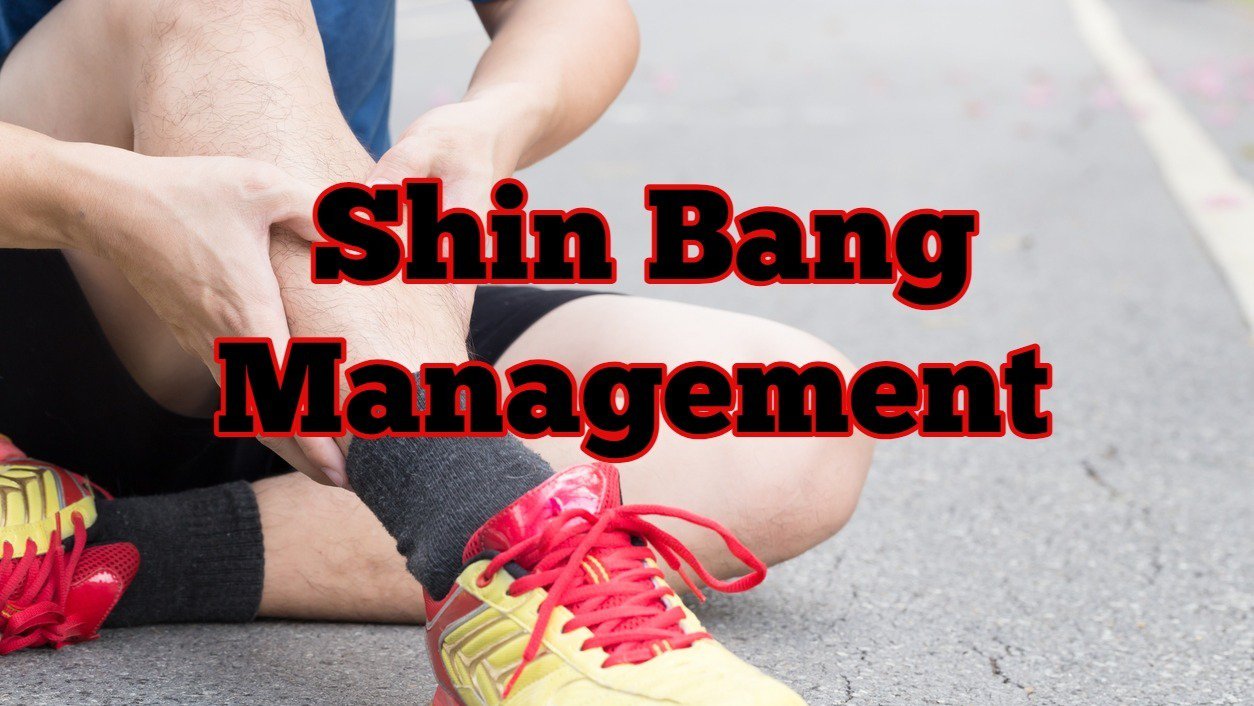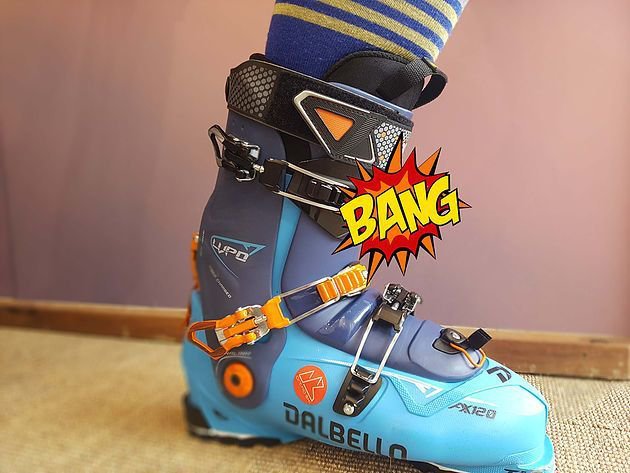Hello to skiers across the globe.
I hope your winter is treating you well and youve landed a few cool things this season.
I wanted to take this post to educate about shin bang.

I see a lot of information going around and I want to summarize my opinion as a physical therapist.
In my opinion there are two types of shin bang that get described in threads.
We will call this pop in 1 shin bang.

That is basically what it is: An overuse injury from repeated trauma to the tibia.
Boots with the wrong flex jot down can contribute.
Boots with old, packed in liners can be too harsh on the tibia, leading to bruising.

Fixes:
For boots that are poorly fitting, go to a boot fitter.
Booster straps may also assist in keeping a more consistent pressure on the tibia while you’re skiing.
Trying various sock thickness may help.
Shin splints are a common injury seen in runners.
The primary cause is overuse, with the muscular tissue not being able to compensate for an increased demand.
Basically, doing too much, too quickly.
Shin splints have stages and can be properly managed.
The stages vary from having pain during the activity which subsides once done, to symptoms lasting days after.
The earlier the stage is managed, the better the outcome.
So how does this translate to skiing?
Skiing too much, too quickly without having a solid fitness base.
Poor boot fitment may also contribute to key in 2 shin bang.
If you already are experiencing key in 2 shin bang:
Load management is key.
This means skiing less hours and less often, however you might reduce volume.
Here is a breakdown of the stages.
The more severe the stage, the more rest you will need.
The goal will be to lower your stage into stages 1-2 during the season.
Icing may help with pain but dont overdo it with ice.
Stress fractures tend to have more specific/small area symptoms which are more severe than shin splints.
Risk factors are the same, and if you suspect stress fractures, you should see an orthopedic specialist.
A quote from an ortho:
The biggest thing with a stress fracture is that its an imbalance.
Your body cant keep up with the training and the healing process, she says.
At some point, the damage from training gets ahead of the healing.
Stress fractures wont go away without some modification to your training routine, Dr. Goldberg says.
DM me on Instagram @SkiingPhysicalTherapy if you have any questions.
Be safe and land gucci!